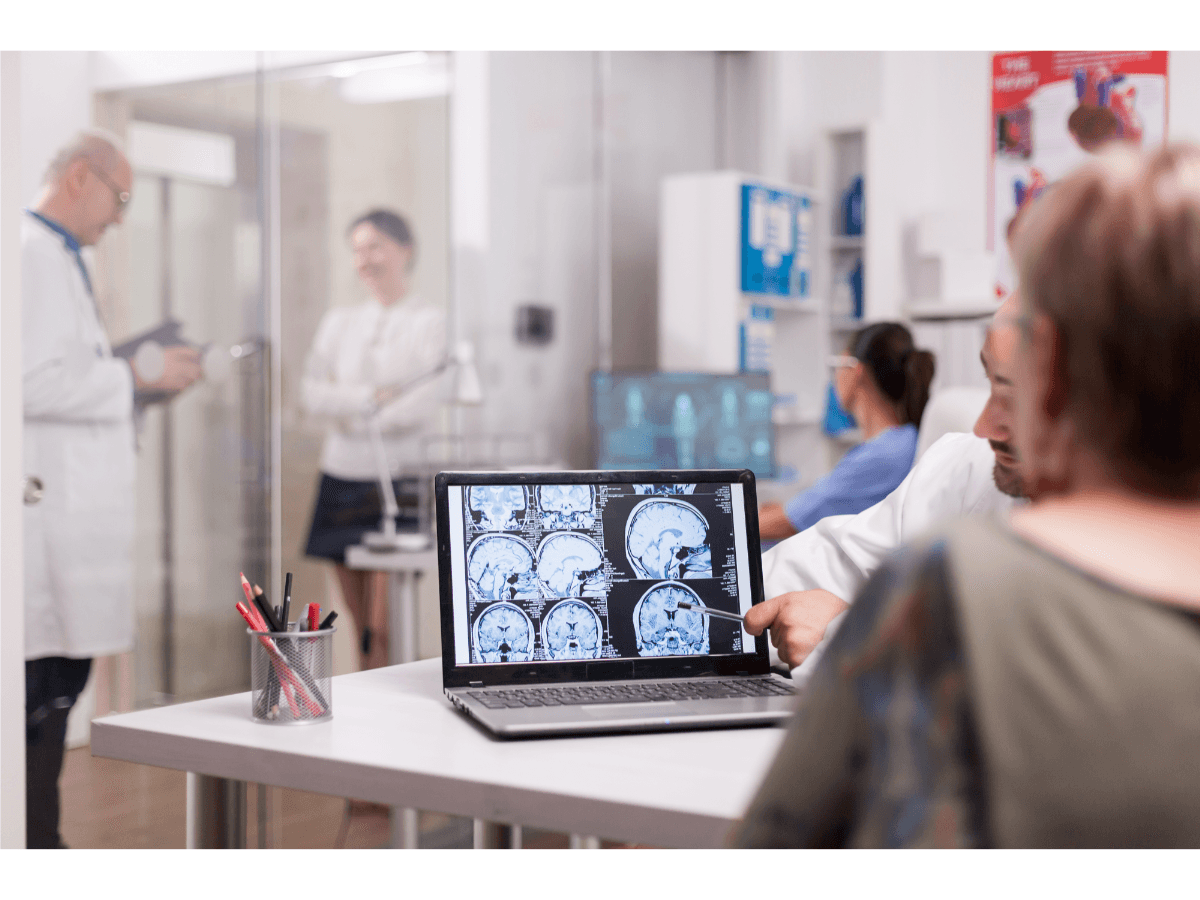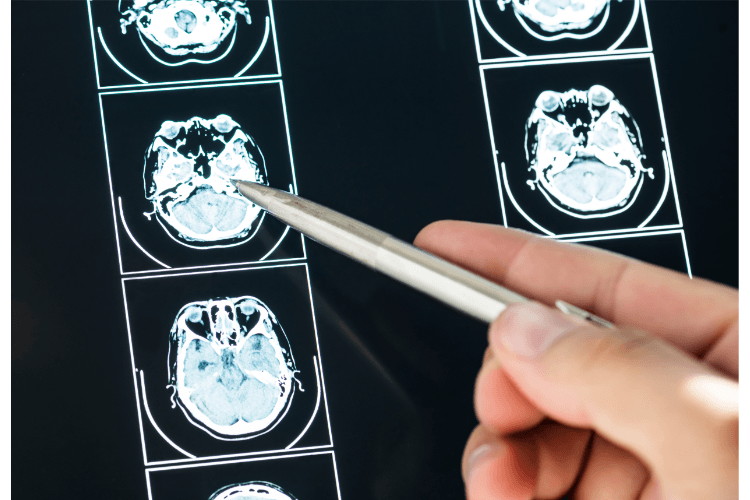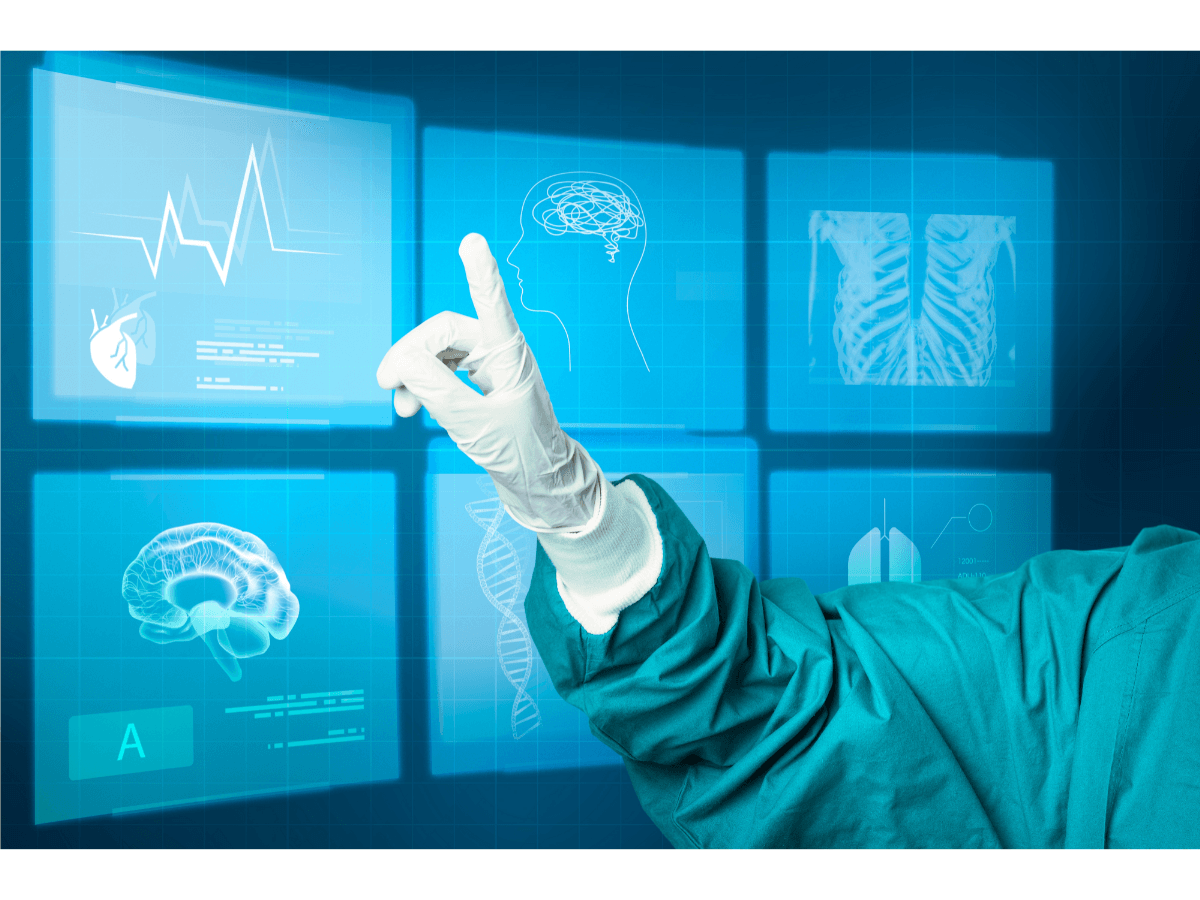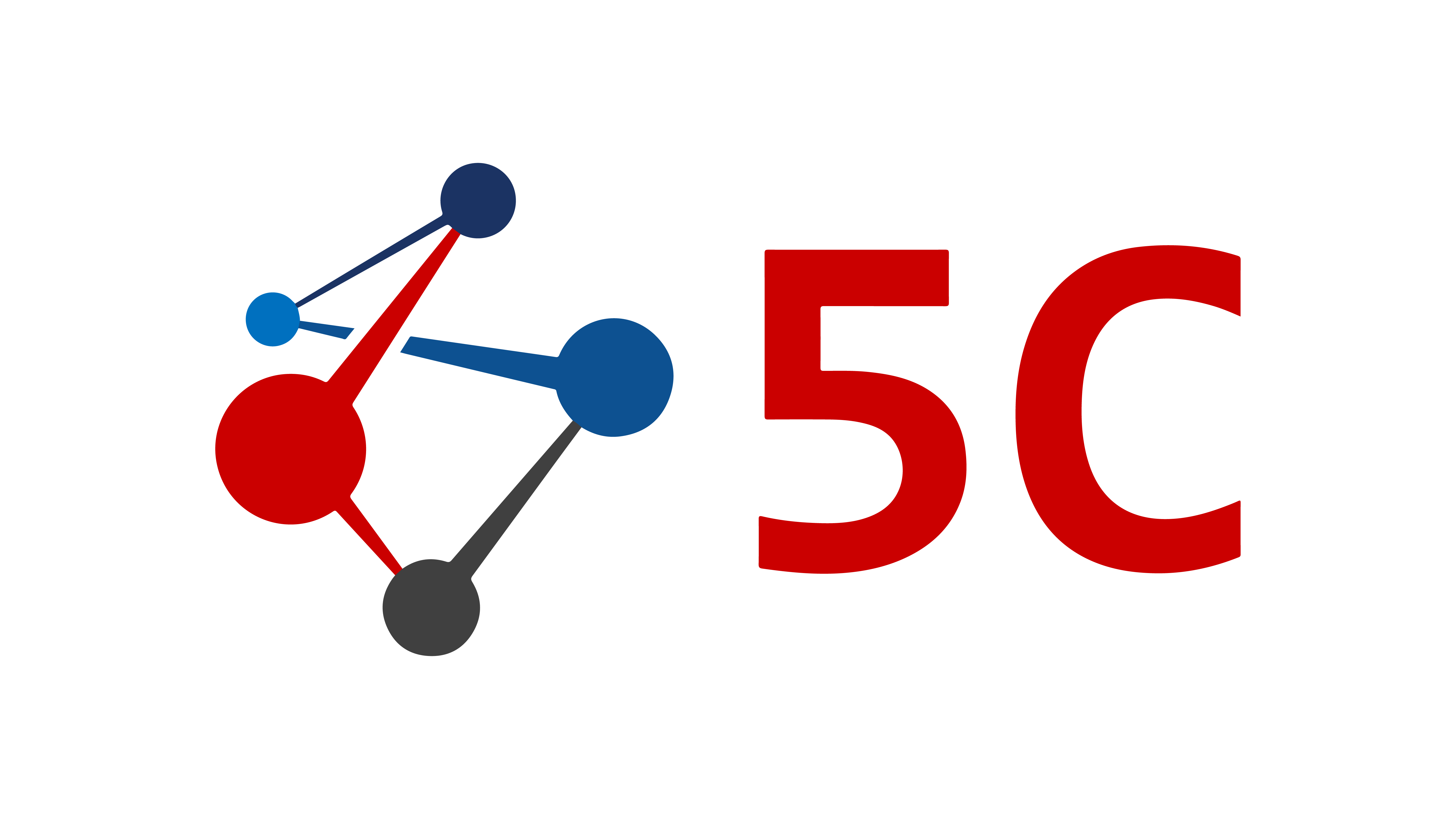How Artificial Intelligence can Help in Decreasing Your TAT in Radiodiagnosis?
Traditionally, radiology has been described as a digitally-powered medical discipline that thrives on digitally analyzing binary data. However, when the volume and complexity of data increase, coupled with the lack of radiologic expertise and global storage of physicians, extreme delays in diagnostic reports become apparent. This creates a need for change in the field - Reduced TAT.
There are many reasons why TAT is becoming more critical for diagnostic establishments. For example, patients and physicians demand shorter turnaround times on diagnostic reports. This was a massive change from just a few years ago when most patients had to wait weeks to receive reports from an imaging center.
With the growing popularity of artificial intelligence technology and its effect on diagnosing diseases, imaging facilities have increasingly become concerned about delivering diagnostics reports in less time.
Shortening the reporting times of cases is beneficial for diagnostic centers in numerous ways.
1. Improves patient care
It helps increase efficiency in the diagnostic facility as well as improve patient care. There are instances when patients have to wait for the results of diagnostic tests before their consulting clinician can proceed with a diagnosis. However, this waiting time leads to delay in diagnosis. This can result in delayed treatment and possible death of the patient. Therefore, speeding up the diagnosis process can ensure patients get proper and timely treatment.

2. Increases accountability
If your scans take too long to get reported, it can cause you to lose patients. Another issue with delayed reports is that it can lead to lost revenue because of patient churn. The speed with which you deliver reports is directly related to your accountability. The faster and more reliable the report turnaround time, the more accountability you will get from clients, referrals, patients, and business partners.

Role played by Artificial Intelligence in decreasing TAT
The use of artificial intelligence in radiology has been discussed widely recently. AI has been used in the form of computer-aided detection (CAD) for years now. Still, the technology has greatly evolved and finds numerous applications in the field of medical imaging. One of the most important applications of AI in radiology is its ability to enable diagnostic service providers to examine more cases in less time. In other words, AI can help reduce turnaround time (TAT) significantly.
Here’s how AI can help in decreasing your TAT while delivering a diagnostic report;
1. Prioritization
The prioritization of cases based on their severity is critical for quality assurance. It ensures that the most important cases are given adequate attention and that lower-priority cases are not ignored. The prioritization of cases based on their severity is time-consuming and can take many hours or days to complete if done manually.
However, with AI, all that is needed are a few clicks, enabling the AI model to determine each case's priority automatically. With this capability in place, radiologists can focus their efforts on more important cases without spending extra time evaluating them manually.

2. Cognitive Automation
Over the last 15 years, radiology workloads have increased by 300%. A significant amount of this workload can be automated using AI. For example, some of the manual tasks performed by a radiologist before examining an image include sorting images based on their quality, marking morphological points, locating vertebrae, etc.
Automating these tasks will free radiologists from repeating specific tasks, allowing them to focus on interpreting the correlation between symptoms and findings from an image. This will help diagnostic centers improve their accuracy and reduce their reporting TAT.

3. Triage
Radiologists are responsible for reviewing and interpreting a large volume of medical images. The sheer volume of images that radiologists must review can be overwhelming, leading to delays in delivering reports. Image triaging involves using artificial intelligence technology to automatically sort and prioritize images based on their clinical importance, allowing radiologists to focus on the most critical cases first.
Image triaging algorithms can be trained to recognize specific patterns or abnormalities in medical images that may indicate urgent or life-threatening conditions, such as a stroke or a pulmonary embolism. When a radiologist logs into the system, they can quickly review the prioritized images and begin interpreting them. This reduces the time it takes for a radiologist to deliver a report, allowing for more timely patient care and better outcomes.

4. Pre-reads
In radiology, artificial intelligence can do much more than image sorting, prioritizing cases and labeling elements. The technology can read scans, X-rays, and CT scans just like a radiologist. And it can perform quantitative imaging analysis of scans and generate reports that help significantly reduce diagnostic errors.

5. Speech-to-Text System
AI-based speech-to-text technology is a valuable tool for radiologists, allowing them to deliver quick and accurate reports while reducing their workload. One of the most significant advantages of this technology is speed. Radiologists can dictate their findings much faster than they can type, so they can quickly complete reports. The software is designed to recognize medical terminology and understand the context of the radiologist's speech. This means that the resulting text is typically very accurate, which can help to reduce errors and improve patient outcomes.

Decrease your TAT in Radiodiagnosis with Prodigi
AI has been used in radiology for many years, but its applications have recently grown exponentially due to advancements in deep learning and machine learning algorithms. Automating manual tasks and report generation is just the beginning. Many health tech platforms are working towards a mission to unleash the full potential of AI in healthcare.
Prodigi.ai is among such platforms that is leveraging artificial intelligence to enhance the abilities of radiologists and healthcare professionals. By imaging data with sound accuracy, deep learning, and big data analytics, we are making a real difference in healthcare with innovations that are more advanced than ever before.
To know more about our AI-based teleradiology services, contact us today at communication@5cnetwork.com .
